#MeetTheArtist Laura Jatkowski
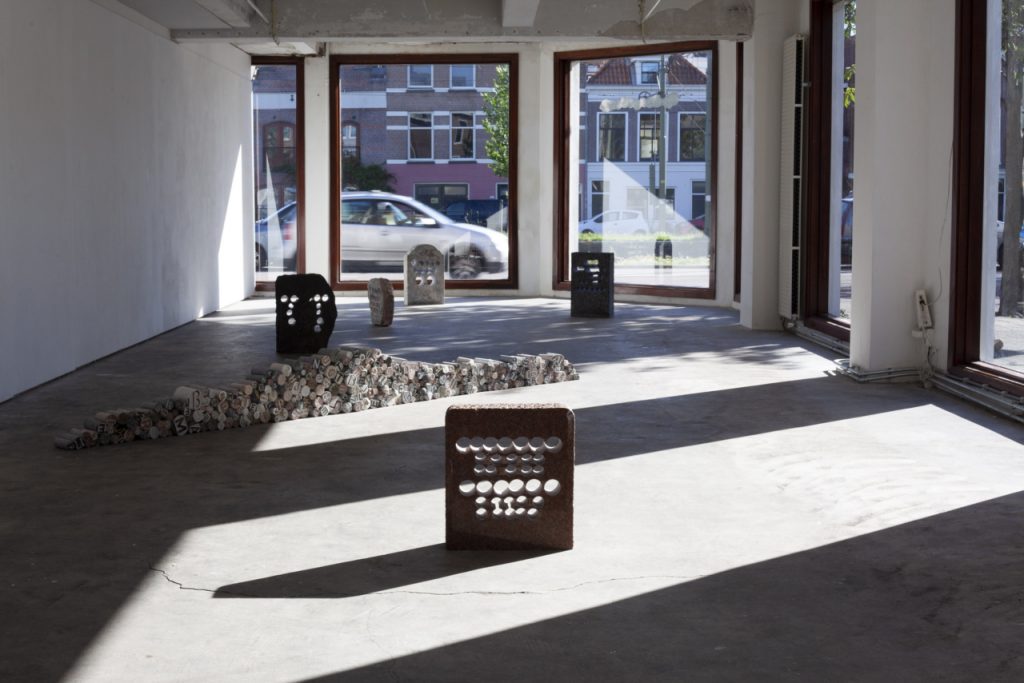
Laura Jatkowski shows Unvergessen at Prospects, an installation for which she worked removed tombstones with a drill. With this relatively simple intervention, the German artist touches on major themes such as life, death, mortality and the importance of objects such as tombstones as carriers of memories. It earned Jatkowski a nomination for the NN Art Award.
Laura Jatkowski (Germany, 1990) was trained as a sculptor in Glasgow and completed a Master's degree at the Royal Academy of Art in The Hague. After her studies, she was involved in the establishment of the Trixie studio complex-cum-project space in The Hague. She lives and works in The Hague and Berlin.
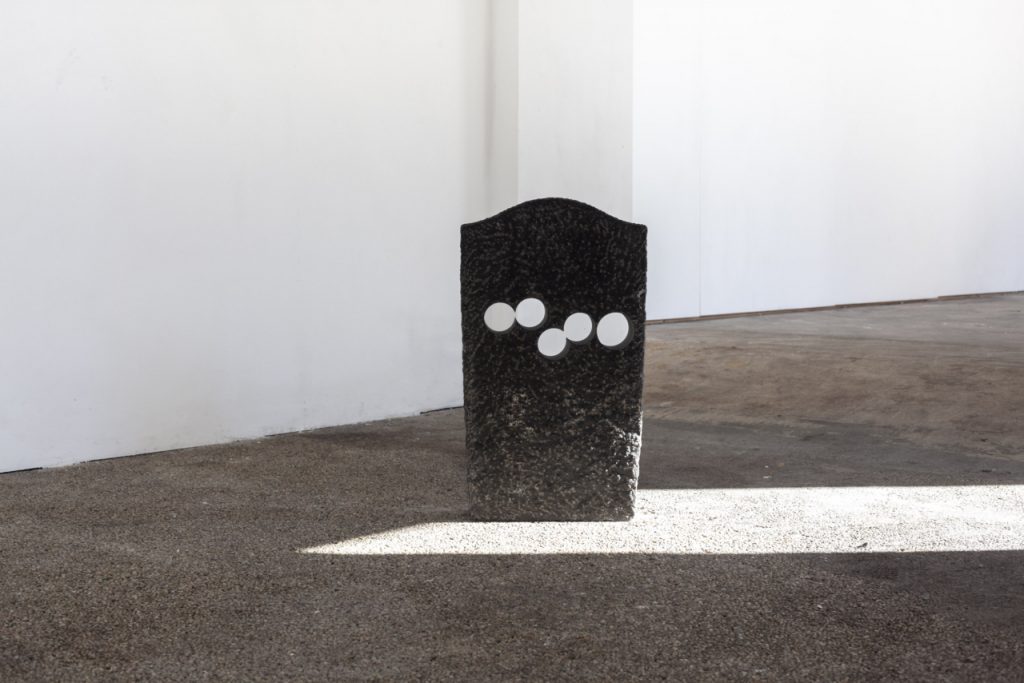
At Prospects you will be showing Unvergessen, a body of work consisting of discarded gravestones. When you first discovered them at Berlin’s Zionsfriedhof were you immediately aware of their potential? `
I wouldn’t say I saw potential, but the moment I discovered the pile, it left an impression on me, and I couldn’t get the image out of my head. We are speaking of at least 100 stones roughly thrown on top of one another. Depending on the culture, but in many European countries, it is common that one does not own a gravesite; instead, one leases it for ten up to twenty years. If the contract is not extended, these stones will be removed from the grave and demolished.
You’ve drilled out the letters of the headstones. How did you decide on that?
The idea to extract the letters evolved while thinking about the object and how to approach it. A headstone is a personal object that holds value and memories that do not belong directly to me. The object's purpose of preserving memory is no longer given once they are removed from the grave to be erased. The gesture of extracting the letters allowed me to highlight the sense of erasure while at the same time bringing them back to people's attention. My original starting point was to use the letters only and reassemble them into words/sentences. In the making, I realized the letters were already charged with so much meaning that this gesture felt forced. Later, while seeing the empty negatives of the grave markers, I realized that they indeed hold potential that I hadn't realized before, so I decided to incorporate them into my installation.
What is Unvergessen about? Could you tell us a little bit about the themes you are addressing?
The work addresses loss and death and confronts the viewer with mortality. With this work, I am interested in exploring how memory is a valuable resource and how it is not only embedded within narratives but also in material artefacts and objects. The processes of remembering and forgetting and how memories are linked to objects make me curious. Memory is a strange process. It is with you every day and informs who you are. I am always surprised how some people can remember the smallest details where I tend to forget. There is an urge to remember and to be remembered. Humans have always created objects to hold their memories; we collect and accumulate things around us to keep us remembering and to counteract oblivion. I do not see forgetting as only negative. It also can allow one to reinvent themselves and move on, and sometimes it's necessary to forget. How do we treat these memory objects and spaces? How do we preserve memories and keep them alive?
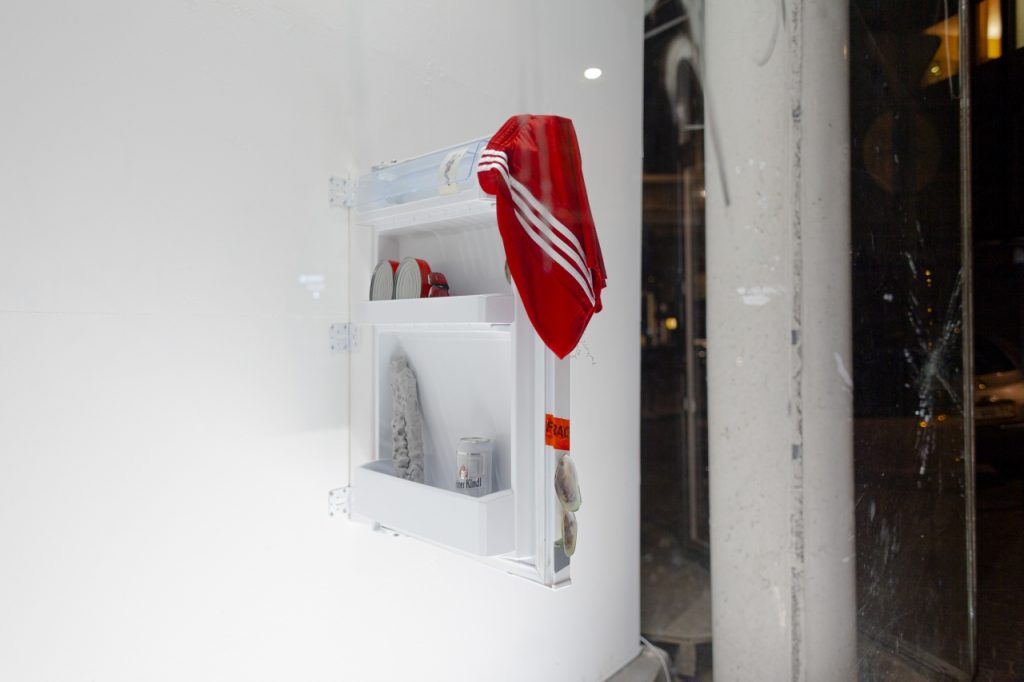
In previous works you’ve touched on topics such as mending flat tires and the contents of someone’s fridge as a way describing someone’s personality and desires. How does this project fit in with your previous work?
This project continues one of the central questions I engage within my practice: how particular objects and gestures carry emotional values and histories. I often work with everyday materials and take them out of their original context placing them in a new system of relationships.
Everyday objects or gestures offer an immediate connection for the viewer—there is already a relationship between the object and the person, a certain kind of 'pre-history' that is already embedded within their traces. This 'pre-history' carries information and signifiers. In this way, I can recharge the materials by showing them in a context unfamiliar to the viewer. For me, finding a suitable form that creates a level of abstraction is important. Between the concrete and the abstract, a space of tension is created and suddenly, a new space opens up that the viewer can fill with their questions and imagination.
In terms of tembre I can definitely tell there’s a sense of humour and playfulness to the excellent fridge door installation, but Unvergessen seems to strike a more serious tone. Do you agree to that statement and did you intend to make something of that nature, something emotional yet cerebral?
For me thinking and feeling are not separated from one another. It is indeed true that my works have different atmospheres. As I work mainly with everyday objects, each one brings their own connotations and references. My work puts to question our relationship with the given object. Some everyday objects like the fridge door or a wheelbarrow give me more room to approach and play with them during the process of creation, whereas with these headstones, due to the context of the object, I felt my room for intervention is limited.
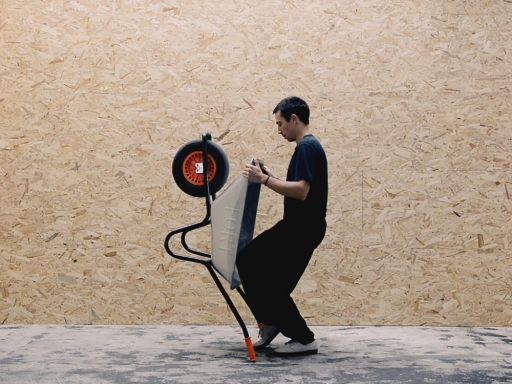
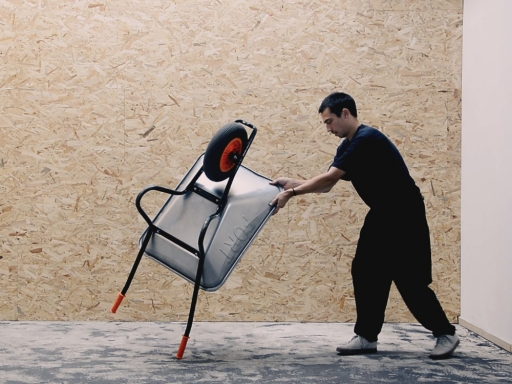
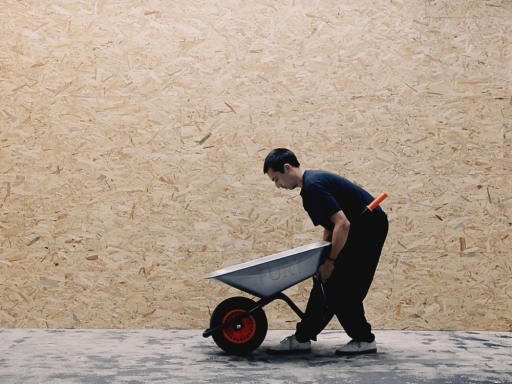
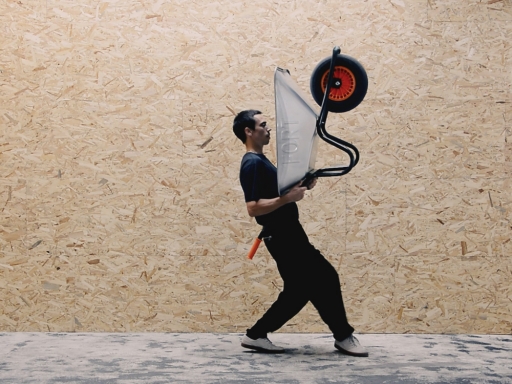
Before attending the KABK, you’ve obtained a BA in Sculpture in Glasgow. Do you consider yourself a sculptor or an artist not bound to a specific discipline?
I started my BA in Glasgow and finished it in the Netherlands. Even though I have a background in sculpture, I do not tie myself to any medium. With every idea, I experiment and see which medium is best to carry it. The result can then be a video, an installation or a sculpture. Nevertheless, the discipline of sculpture and has informed my thinking a lot. So, when it comes to installing a work, I think like a sculptor. The placement in relation to the viewer's body, how it makes them perceive and move through space is important to me.
You’re one of the founding members of Trixie, the Hague’s studio complex annex artist-run art space. How did this initiative come about and why did you decide to get involved?
After graduation, I faced the challenge of finding myself without a studio like most art graduates. The academy to which I would usually go and do work while having a coffee with my friends and talking about art was gone. Shortly after, I found a studio, but the community was missing, like a car without fuel; both are crucial for me. Therefore, I gathered some artists, and we looked for options to create that for ourselves. With Stroom Den Haag's generous help, we found a space within The Hague city centre in 2018. Trixie has a gallery space, 15 studios and a big kitchen to cook and talk. Since it began, Trixie has become a well-known space within the cultural scene in The Hague and has allowed me to meet many great artists, form friendships and learn from each of them.
Written by Wouter van den Eijkel


